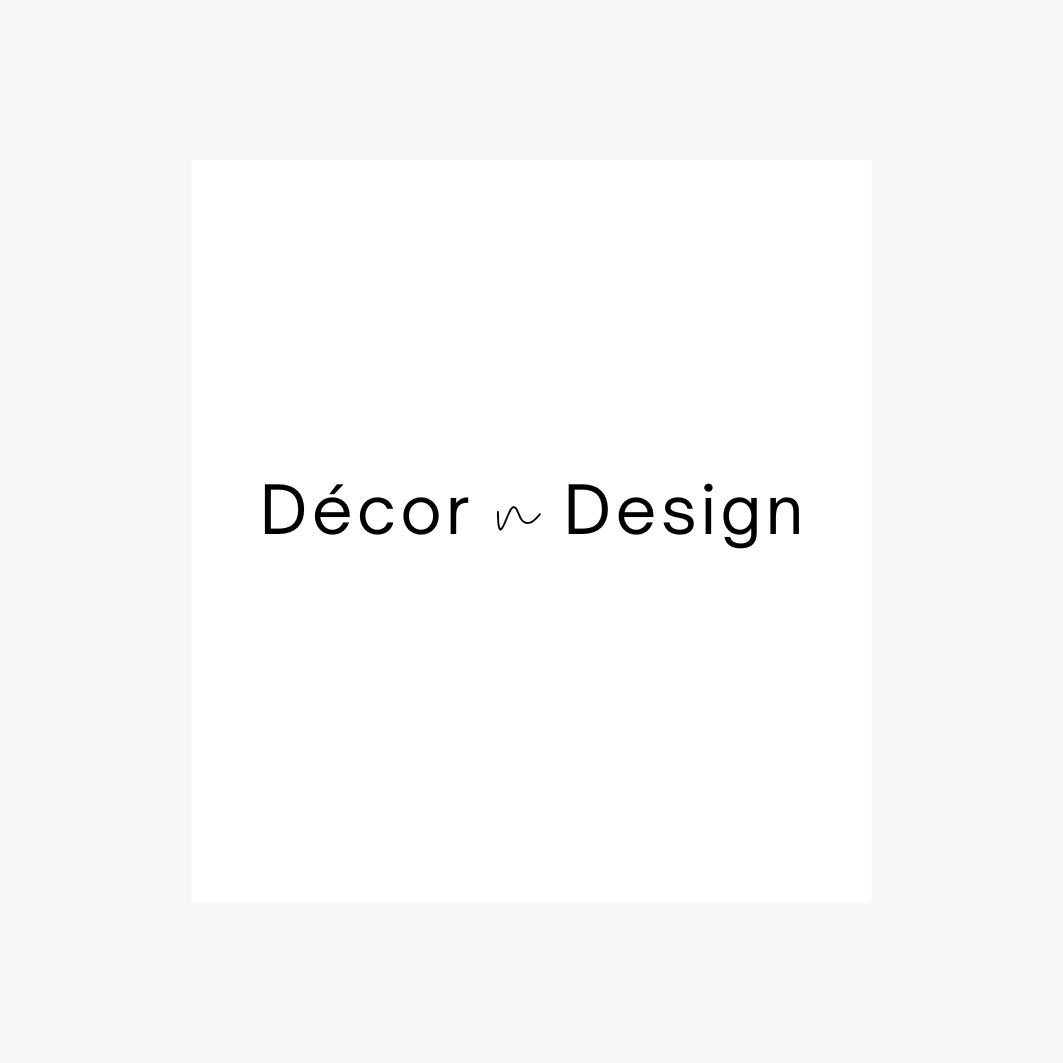Color plays a significant role in interior design, influencing not only the aesthetics of a space but also the emotions and moods of those who inhabit it. As an interior designer, understanding color psychology is crucial in creating spaces that evoke the desired feelings and emotions in the occupants.
Color psychology is the study of how colors can affect human behavior, mood, and well-being. Different colors have been shown to have varying psychological effects on people. For example, warm colors like red, orange, and yellow are known to be stimulating and energizing, making them suitable for spaces where people gather and socialize, such as living rooms or kitchens. On the other hand, cool colors like blue, green, and purple are calming and soothing, making them ideal for bedrooms or relaxation areas.
As an interior designer, incorporating color psychology into your design process can help you create spaces that not only look beautiful but also promote the well-being of the occupants. By understanding the psychological effects of different colors, you can tailor your color choices to the specific needs and preferences of your clients. For example, if a client is looking to create a serene and peaceful bedroom, you may suggest using cool, calming colors like soft blues and greens to promote relaxation and restful sleep.
In addition to influencing mood and emotions, color can also be used to create visual interest and balance in a space. By carefully selecting a color palette that complements the overall design concept, an interior designer can create a cohesive and harmonious space that is visually appealing. Using a mix of different colors, tones, and textures can help create depth and dimension in a room, adding layers of visual interest that draw the eye and create a dynamic and engaging space.
Another important aspect of color psychology in interior design is the concept of color harmony. Understanding how different colors interact and complement each other can help an interior designer create a cohesive and balanced color scheme that works well together. By using tools like the color wheel and color theory, an interior designer can create harmonious color combinations that enhance the overall design of a space.
In conclusion, color psychology plays a vital role in interior design, influencing not only the aesthetics of a space but also the emotions and well-being of its occupants. As an interior designer, incorporating color psychology into your design process can help you create spaces that are not only visually stunning but also promote the well-being and happiness of those who inhabit them. By understanding the psychological effects of different colors, creating visual interest and balance, and using color harmony to create cohesive color schemes, an interior designer can create beautiful and harmonious spaces that enhance the lives of their clients.
——————-
Visit us for more details:
Décor n Design | Interior Designer Annerley | Home Styling | Interior Decorator | Brisbane Homes | Small commercial projects
https://www.decorndesign.com.au/
0434841901
Annerley, Australia
Décor n Design is a Brisbane Interior Designer & Styling Service. Offering designer consultancy services to help create a space you love to love the space you create – discovering your needs, your passions & style for your home.
Explore a world of beautiful and unique home decor and design inspiration at decorndesign.com.au. Get ready to transform your space and create a home that truly reflects your style. Stay tuned for our latest tips, trends, and product recommendations to help you elevate your living space.

